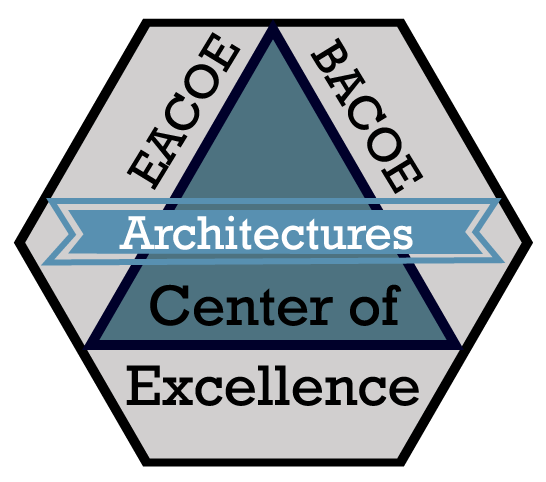The Four Pillars of Holistic Enterprise Architecture: Architecture Models, Framework, Methodology, and Solution Models
The Four Pillars of Holistic Enterprise Architecture: Architecture Models, Framework, Methodology, and Solution Models (Driving Efficiency and Innovation by Consistently Managing Complexity and Change)
It is only within the past 20 years that we have begun to develop an art and science for identifying and defining the graphical and textual descriptions of whole Enterprises. Until this time, whatever art and science we had related to this endeavour pertained to parts of Enterprises, for example, organizational design, and/or systems development. Since this article focus is Enterprise Architecture, have there been successful Enterprises that were never architected?
Yes, but they were successful relative to other non-architected Enterprises. Moreover, the pace of change was slower in the Industrial Age compared with the Information Age of today. Contemporary Enterprises have to be able to adjust much more rapidly to meet changing demands in the face of global competition. This makes it critical to have readily available descriptive representations of one’s Enterprise to use as a basis for making change. The age old question now arises in Enterprises – how can you change something that you cannot “see”. How do you “see” an Enterprise?
Benefits of a Holistic Enterprise Architecture
There are many benefits for both Business and Technology areas for Holistic Enterprise Architecture, but a few of the greatest gains we have observed are:
Business Benefits
Developing and communicating a broad understanding of your business, a
confirming enterprise-self realization that is clear and concise
Identifying and mitigating potential risk in your selected paths of action or
investment, thereby reducing unintended consequences
Clarifying your business priorities and identifying your core competencies,
enabling you to confidently assign key resources to projects, and leveraging top talent for critical needs
Technology Benefits
Creating a practical and efficient means to manage your information
technology portfolios, rationalizing your existing systems and projects to gain significant cost reductions, and helping you to remove waste and redundancy in your information systems deployments
Aligning your technology investments and assets to project initiatives that demonstrate direct support of priority business goals, competencies, and needs
Identifying, classifying, representing, developing, and accumulating in an accessible portfolio - your architected, highly reusable technology assets
Categories
- Agility
- Architecture Models
- Architecture Views
- Artificial Intelligence
- Assemble to Order
- BTP
- Benefits
- Big Data
- Bill of Materials
- Book
- Business Architect
- Business Architecture
- Business Architecture Framework
- Business Architecture Participants
- Business Architecture Tools
- Business Capability
- Capabilities
- Capability Ability
- Certification
- Certification Levels
- Certification Mistakes
- Change Management
- Checklist
- Cloud
- Cloud Decommission
- Coding
- Communication
- Competition
- Complexity
- Confirmation Bias
- Consulting
- Cybersecurity
- Data
- Data Architecture
- Data Lake
- Data Modeling
- Data Sludge
- Data Swamp
- Differentiators
- Digital Transformation
- Distance Learning
- Enterprise Architect
- Enterprise Architecture
- Enterprise Architecture Framework
- Enterprise Architecture Participants
- Enterprise Architecture Tools
- Evaluation Checklist
- Evaluation Criteria
- Event Model
- Experiences needed


